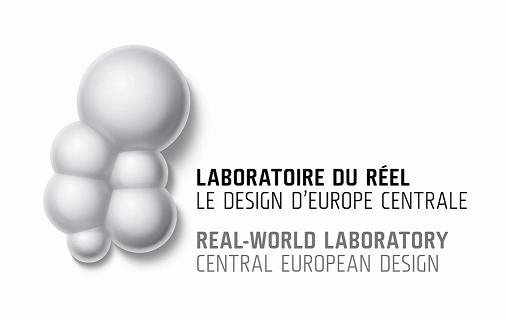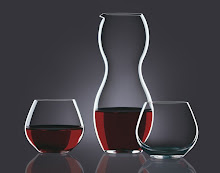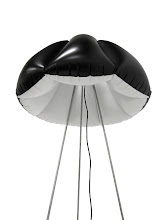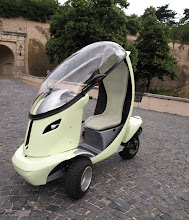Although the standard of design quality in Poland can vary, companies are gradually becoming aware of the role that design plays in achieving market success. Design is starting to become a recognizable profession. Some high‑circulation magazines and publications – such as the 2+3D quarterly – the increasing number of competitions and exhibitions, the professional organizations – the Industrial Designers’ Association and the Association of Applied Graphic Designers – as well as some specialized institutes – the Institute of Industrial Design in Warsaw and the Silesian Castle of Art and Enterprise in Cieszyn – are all making their mark. There is no precise data concerning the number of designers in Poland. Estimates speak of 500 people professionally active in industrial design, presumably not taking into account the numerous design workers who have no formal education in this field. There are a handful of larger several‑person design companies active on the market. It is dominated, however, by small studios of two or three people, who also do graphic design and interiors to keep their heads above water – sometimes executing them as well. Around 320 graduates emerge every year from seven design departments at academies of fine arts, and a few private colleges. They receive education in both graphic and industrial design. Most wind up in advertising, some do applied graphics, and some interior architecture. Government agendas show insufficient initiative in promoting design, but even here the first winds of change are being felt. The discipline has now been written into the state’s plans for economic development.
The thriving economy and ground‑up activities are breaking critical mass. Design is working in favorable circumstances in Poland for the first time in many years. Much seems to indicate that we can look to the future with optimism.














